Industry information
Company News
- Fluorocarbon aluminum veneer: the 'hidden hero' of modern architecture
- Aluminum veneer: the 'invisible hero' of modern architecture
- Punched aluminum veneer: the new darling of creative space
- Fluorocarbon aluminum veneer: the new darling of modern architecture?
- Punched aluminum veneer: the fashionable choice for modern architecture?
Industry dynamics
- Fluorocarbon aluminum veneer: a shining pearl in modern architecture
- Punched aluminum veneer: a new darling of creativity and practicality
- Aluminum veneer curtain wall: the fashionable coat of modern architecture
- Aluminum veneer: the great wisdom behind lightness
- Aluminum veneer customization, creating a new trend of personalized space
Frequently asked questions
- Is the use of aluminum veneer limited by geographical environment?
- How sustainable is aluminum veneer?
- Is there a wide range of color options for aluminum veneer?
- Can aluminum veneer be applied to the exterior design of sports buildings?
- What is the thermal expansion coefficient of aluminum veneer?
contact us
Mobile:+86 15627778610
Email: 2201229786
Address: No. 5 Binjiang Road, High tech Zone, Zhaoqing City, Guangdong Province
What impact does the weight of aluminum veneer have on building structures?
- Author: Xinlongtai Aluminum Industry (Guangdong) Co., Ltd
- Release time: February 24, 2025 03:19:53
- Click:0

Aluminum veneerIt is a common building material, and its weight is one of the important factors affecting the stability of building structures. Below, we will provide a detailed introduction to the impact of the weight of aluminum veneer on building structures.
1. Load bearing capacity
The weight of aluminum veneer can affect the load-bearing capacity of buildings. Generally speaking, the load-bearing capacity of a building is determined by its foundation and structural system. If the weight of aluminum veneer exceeds the load-bearing capacity of the building, it can lead to structural instability and even the risk of collapse.
1. Structural design
In order to ensure that the weight of aluminum veneer does not exceed the load-bearing capacity of the building, reasonable considerations need to be made in the structural design. For example, strengthening structural support can be used to increase the load-bearing capacity of buildings; Alternatively, the weight can be balanced by adjusting the quantity and distribution of aluminum veneers.
1. Material selection
The weight of aluminum veneer is also related to the selected material. Generally speaking, lighter metal materials such as aluminum alloys, magnesium alloys, etc. are more suitable for manufacturing aluminum veneers than traditional steel to reduce their weight and improve their strength and stiffness.
1. Installation method
The weight of aluminum veneer is also related to its installation method. If the wrong installation method is used, it may lead to uneven weight distribution of aluminum veneer, thereby increasing the instability of the building. During the installation process, it is important to ensure that the weight distribution of the aluminum veneer is uniform and to use the correct fixing method.
The weight of aluminum veneer is one of the important factors affecting the stability of building structures. When designing and using aluminum veneer, it is necessary to fully consider the impact of its weight on the building and take corresponding measures to ensure its safety and stability. Strict quality and accuracy control is also required in material selection and installation methods to ensure the performance and lifespan of aluminum veneer.

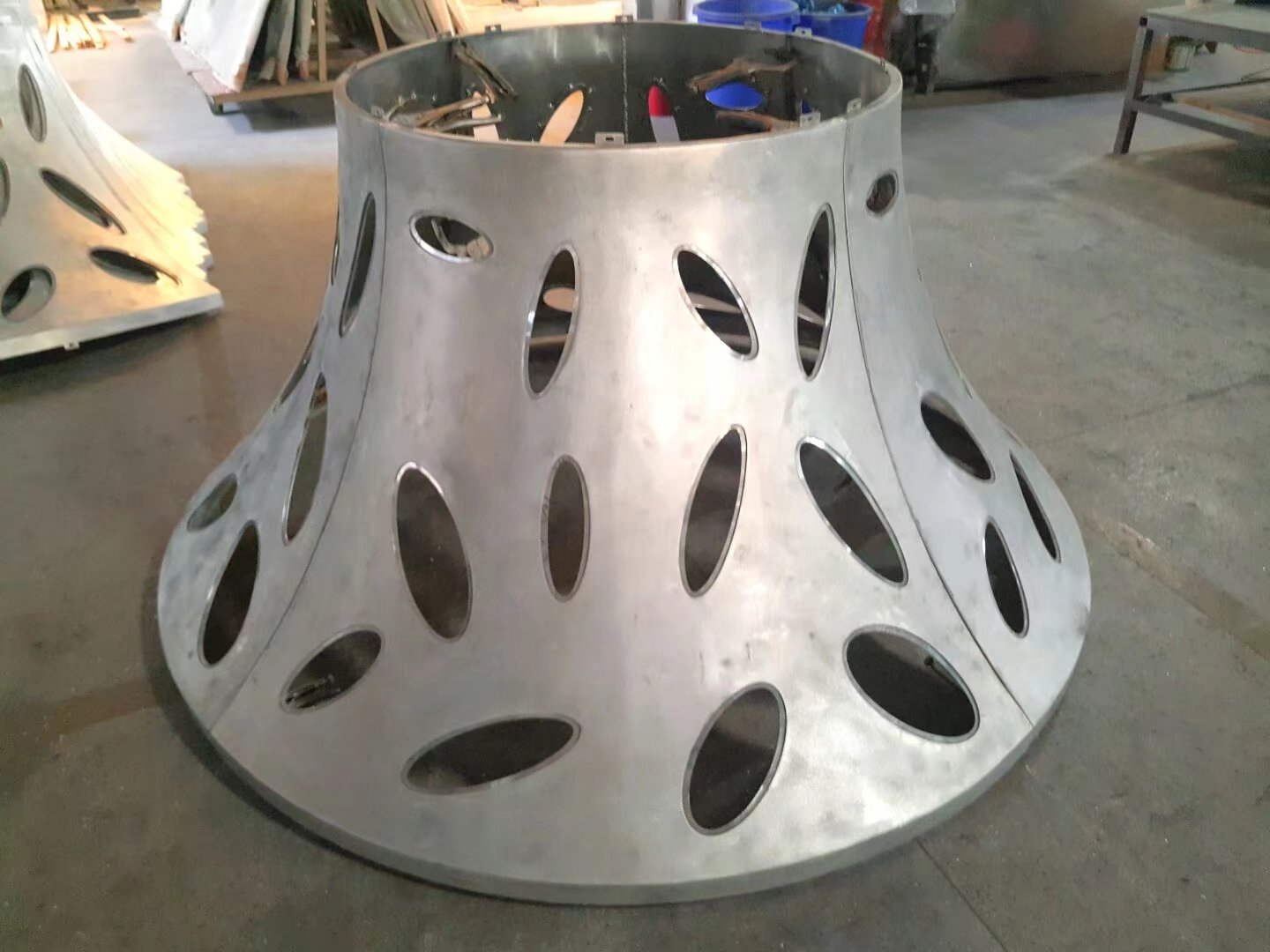
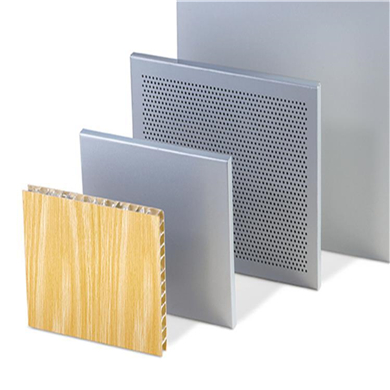
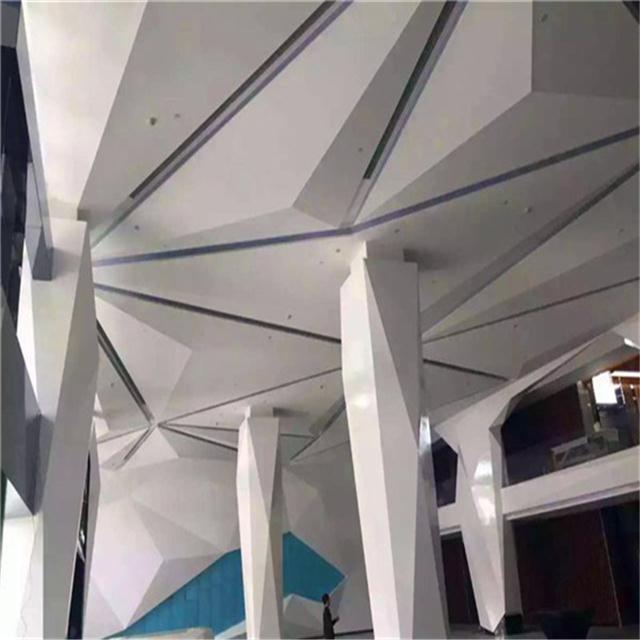
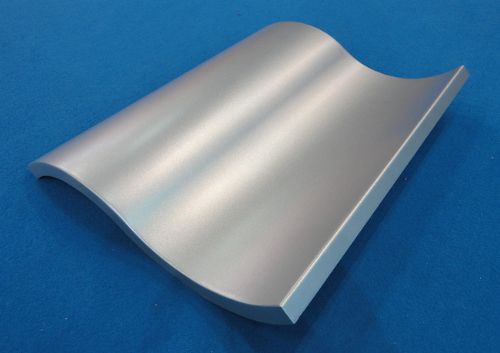

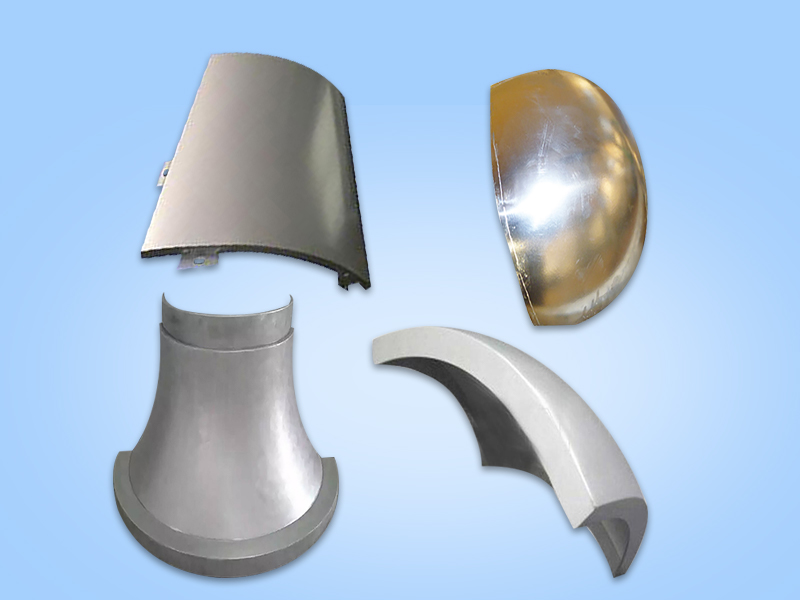
 Customer service QQ
Customer service QQ